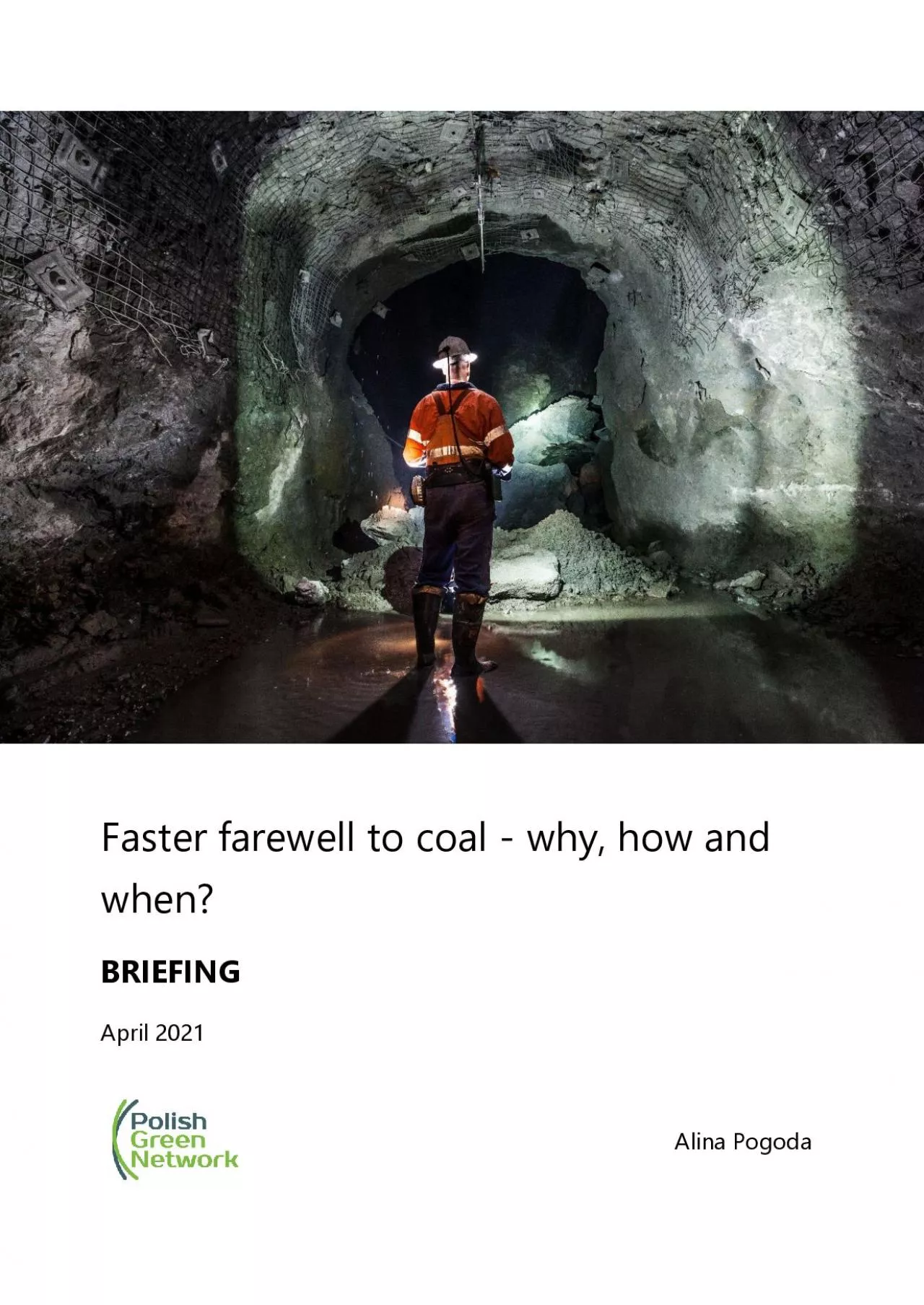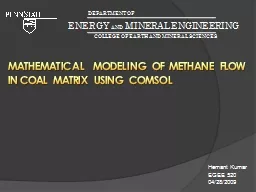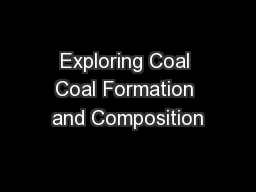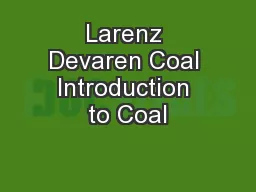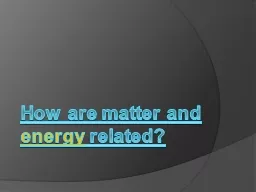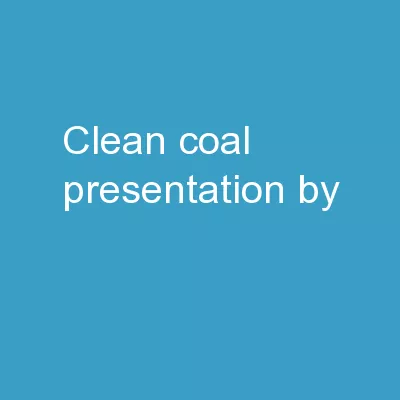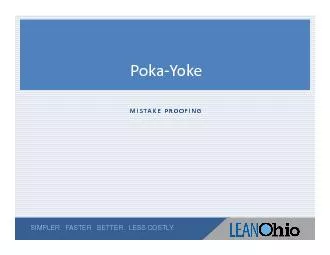PDF-Faster farewell to coal
Author : susan2 | Published Date : 2021-10-03
why how and whenBRIEFINGApril2021 Alina Pogoda2TABLE OF CONTENTSSUMMARY2Coal mining and coal power on a downward slope3Plans to maintain them through subsidies are
Presentation Embed Code
Download Presentation
Download Presentation The PPT/PDF document "Faster farewell to coal" is the property of its rightful owner. Permission is granted to download and print the materials on this website for personal, non-commercial use only, and to display it on your personal computer provided you do not modify the materials and that you retain all copyright notices contained in the materials. By downloading content from our website, you accept the terms of this agreement.
Faster farewell to coal: Transcript
Download Rules Of Document
"Faster farewell to coal"The content belongs to its owner. You may download and print it for personal use, without modification, and keep all copyright notices. By downloading, you agree to these terms.
Related Documents

